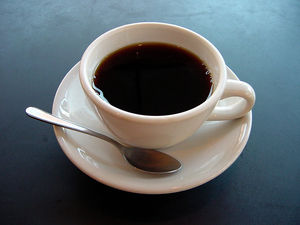 What is really in our water? Dr. Sébastien Sauvé and his team of Chemists from the University of Montreal set out to answer this question by testing water sources around the Island of Montreal for traces of caffeine, carbamazepine (an anti-seizure drug increasingly used for psychiatric treatment) and fecal coliforms.
What is really in our water? Dr. Sébastien Sauvé and his team of Chemists from the University of Montreal set out to answer this question by testing water sources around the Island of Montreal for traces of caffeine, carbamazepine (an anti-seizure drug increasingly used for psychiatric treatment) and fecal coliforms.
The team took samples from brooks, streams and sewer outfall pipes that collect storm waters and found they all contained various concentrations of these tracers, meaning all the water contained some sanitary contamination. Caffeine was used as a tracer because it is a useful indicator of pollution from sewers unlike fecal coliforms that could be from agricultural waste or industrial release.
Currently E. coli bacteria is the common indicator used to detect fecal pollution from storm water discharge. The 120 individually sampled water sources showed a strong correlation between the presence of caffeine and the presence of E. coli bacteria concluding that caffeine could be used as an indicator of pollution from sewer systems.
Caffeine sources include coffee, tea, cola, products containing cocoa, and some over the counter medications. It is recognized as a widely consumed in all forms with approximately 3% of ingested caffeine being excreted through urine and ultimately making its way to water sources. That combined with the fact that caffeine takes a long time to degrade in the natural environment (approximately 3 months) makes it a useful marker for sewage contamination.
The study, published in the journal Chemosphere, leads the way to using caffeine as a new way of detecting waters - including coastal areas - that are polluted by human sewage.
Find out more:
Sauvé S. et al (2011). Fecal coliforms, caffeine and carbamazepine in stormwater collection systems in a large urban area.
Chemosphere.










Comments
I would like to know where I
I would like to know where I can have a test done for traces of caffeine in my creek that has a high Fecal Coliform in it. I live in the state of Oregon.
Add a comment